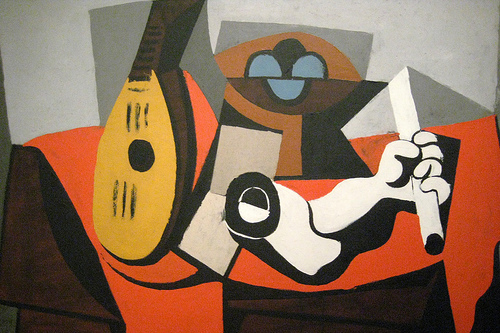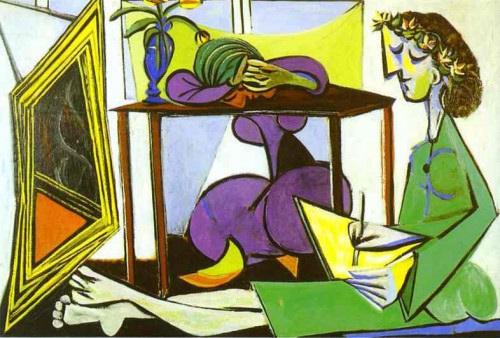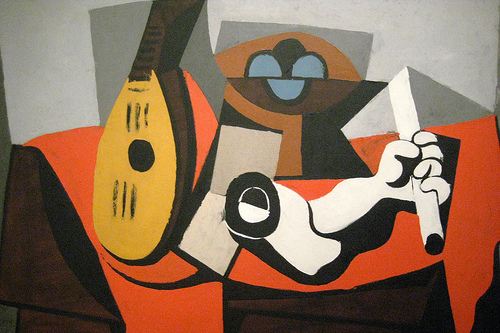Pablo Picasso is perhaps the best-known 20th Century artist, but rather than having one defining work, he is highly regarded because of his innovation and experimentation. Picasso didn’t plough one furrow as many artists do, becoming synonymous with a particular style. Instead, he tried different things and drove art forwards.
Yes, he may be known for Cubism, but this is just one aspect of what he did. He didn’t even stick to one medium. He was a painter, sculptor and print-maker, as well as working with ceramics.
Early on in life, he painted in a very realistic manner. His skill was apparent through childhood and adolescence, but at this point he was mastering techniques and hadn’t begun innovating. Despite this, he still managed to create what is one of the great Spanish portraits – Portrait of Aunt Pepa. He was 14 years old at the time.
From around the start of the 20th Century, he started testing out theories and new methods, but his Blue Period, which stretched from 1901 to 1904, is still fairly realistic. It is distinctive for its use of color and for the subject matter. There are lots of beggars and posthumous portraits of a friend who committed suicide and blues and greens predominate.
For a couple of years after that, he moved across the color spectrum and started using lots of oranges and pinks and then came his African Period, during which we can see the roots of Cubism.
Cubism can be said to have started in 1909. The paintings have a limited range of tone with lots of brown and neutral colors used. They are most recognizable for the focus on shapes, however. Objects are broken down into component shapes, which are often taken from different perspectives. They also sometimes feature elements of collage. It is one of the most recognizable forms of art and has been hugely influential ever since.
Picasso later embraced surrealism and this gave rise to perhaps his best-known work – Guernica. It is a symbolic depiction of the bombing of Guernica in the Spanish Civil War. It has become a potent anti-war symbol as well as a spectacular work of art.
From around this point on, Picasso flitted between styles, often mixing several together in the same work. Some of his later paintings can be considered to be neo-expressionist, long before that was a recognized movement. Picasso was always the innovator and always ahead of the game.
Susan Stretford has recently discovered Artexetra.



